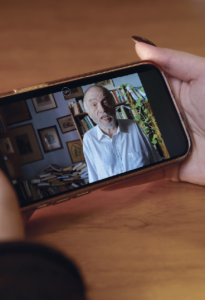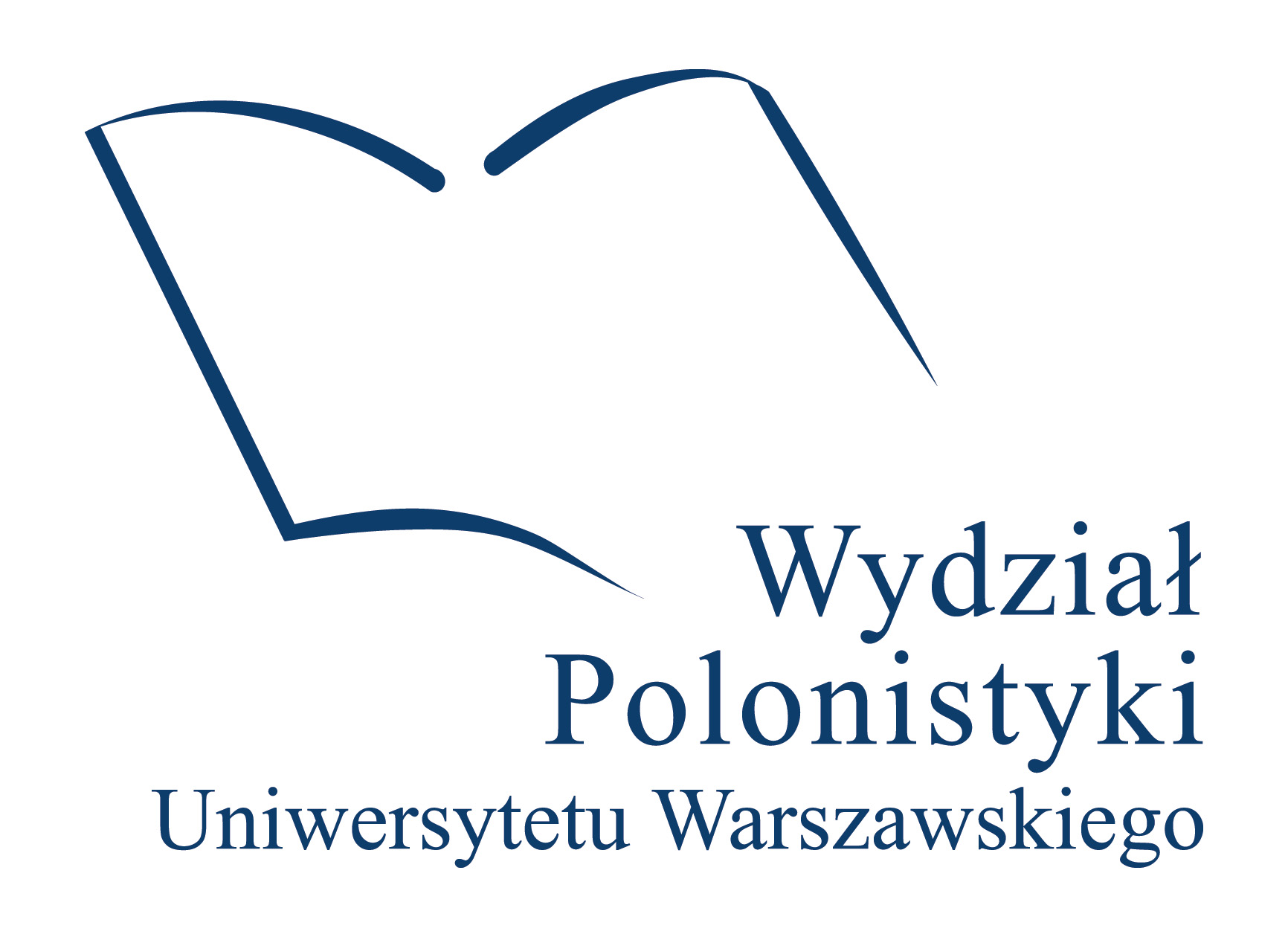3. Sources of Books: From Storytelling to YouTube
 A modern book that comes out of the print shop may be based on a manuscript, a typescript, or oral texts, such as folklore and dialectal texts, oral history and texts in Polish Sign Language, i.e., a natural visual-spatial language of the Polish Deaf. It is not based on sound, yet it is just as ephemeral as spoken language.
A modern book that comes out of the print shop may be based on a manuscript, a typescript, or oral texts, such as folklore and dialectal texts, oral history and texts in Polish Sign Language, i.e., a natural visual-spatial language of the Polish Deaf. It is not based on sound, yet it is just as ephemeral as spoken language.
The prehistory and evolution of the book – from oral literature, through ancient papyri and mediaeval manuscripts to the early printed book – are among major concerns of Classical Philology. Mediaeval manuscripts are scrutinized by B. Spieralska-Kasprzyk, while B. Czarski studies early prints. On his YouTube channel, M. Szymański recites in Latin famous works by Roman authors
Sources of book culture are significantly explored from the perspective of the anthropology of the word. In this approach, language is analysed primarily through its various forms of use, while ways of employing words are studied as cultural practices. Many years’ research by scholars such as G. Godlewski, A. Karpowicz, M. Rakoczy and P. Rodak resulted in a series of textbooks, including books titled Antropologia słowa (Anthropology of the Word), Antropologia twórczości słownej (Anthropology of Verbal Art), Od aforyzmu do zinu (From Aphorism to Zine), Gatunki twórczości słownej (Genres of Verbal Art), and Antropologia praktyk językowych (Anthropology of Language Practices).
We also investigate into how carnival, folk storytelling and forms of archaic mysteries influenced the drama and theatre of the Southern Slavic countries – a topic of M. Bogusławska’s book titled Teatr u źródeł (The Sources of Theatre).
Religious oral tradition becomes an essential source in the study of versology, i.e., a theory of verse composition. In his monograph titled Litania i poezja (Litany and Poetry), W. Sadowski describes the interweaving religious and poetic elements in Polish literature from the Middle Ages to the twenty-first century. His book Europejski wiersz litanijny (European Litanic Verse), along with the Litanic Verse series, expands this research to include poems, regardless of their language or time of composition, which contain recurring structural elements and reflections of the worldview characteristic of litanic genres.
(In the photo: M. Szymański as an Latin-speaking youtuber; photo by M. Kaźmierczak)
